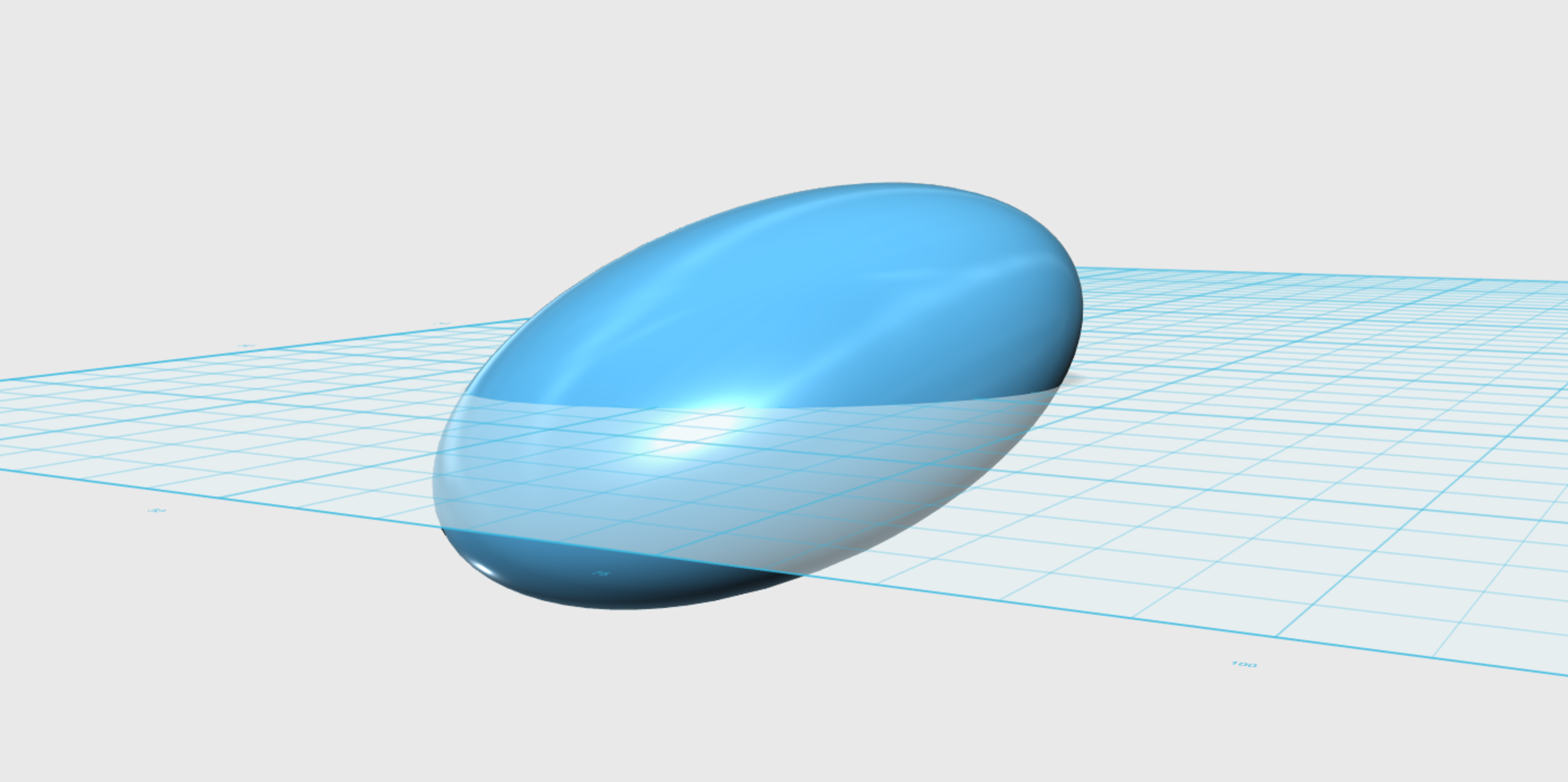Tilted Ellipsoid

An ellipsoid is centered at the origin . Its semi-axes are initially aligned with the -axes. The semi-axis along the x-axis is 10 units, and the one aligned with the y-axis is 15 units, and the semi-axis aligned with the z-axis is 25.
Next, a coordinate frame is rigidly attached to the ellipsoid, and initially aligned with the universal orientation.
Next, the ellipsoid is rotated clockwise about its -axis by , then about its -axis clockwise by 45 degrees, and finally about its -axis clockwise by 30 degrees.
Find the -coordinate (i.e. height) of the peak point of the rotated ellipsoid, correct to three decimal places.
The answer is 14.377.
This section requires Javascript.
You are seeing this because something didn't load right. We suggest you, (a) try
refreshing the page, (b) enabling javascript if it is disabled on your browser and,
finally, (c)
loading the
non-javascript version of this page
. We're sorry about the hassle.
The equation for the initial ellipse is
r t A r = 1
where r = [ x , y , z ] t and matrix A is given by
A = ⎣ ⎡ 1 / a 2 0 0 0 1 / b 2 0 0 0 1 / c 2 ⎦ ⎤
The consecutive rotations about the x' axis and y' axis and z' axes, results in the following medication to the above equation:
r t T A T t r = 1
where T = R x ( θ x ) R y ( θ y ) R z ( θ z )
with θ x = − 6 0 ∘ and θ y = − 4 5 ∘ and θ z = − 3 0 ∘ .
R x , R y and R z are the standard rotation matrices about the x-, y- and z-axes.
Now, the normal to the surface of the ellipsoid is given by the gradient, and this gradient must be a positive multiple of the unit vector along the z-axis, which is unit vector k ^
T A T t r = c k ^ , c > 0
It follows that
r = c T A − 1 T t k ^
substituting this into the equation of the ellipse, results in
c = k ^ t T A − 1 T t k ^ 1
therefore, the peak point is given by
r = k ^ t T A − 1 T t k ^ T A − 1 T t k ^
and the z-coordinate of this peak point is given by
z = k ^ t r
which upon simplification becomes
z = k ^ t T A − 1 T t k ^
To find the numerical value of z , we have to evaluate matrix T numerically and substitute in the above expression.